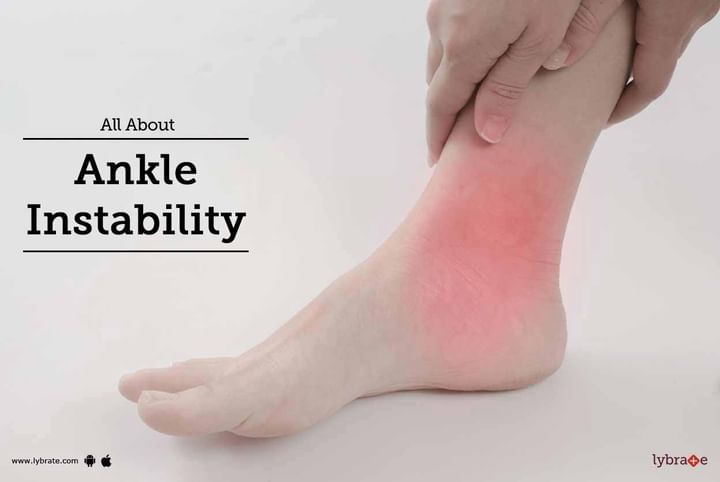All About Ankle Instability
Ankle instability is often caused by damage to the lateral ankle ligaments. This typically causes strain and in further severe forms results in injury to the ligaments. This may further cause a feeling of instability in the ankle and eventually predispose the individual to get recurrent ankle sprains even with very minimal twists.
Symptoms: The symptoms of ankle instability include weakness and wobbliness in the ankle or a continuous feeling of falling down while walking on uneven surfaces. People with ankle instability often experience the feeling of rolling outwards or giving way. Sometimes, after the initial injury that led to the condition of the unstable ankle, patients often feel that something has not been right ever since that injury causing them to frequently lose their balance. The condition may result in the swelling of the ankle and increased vulnerability towards twists or sprains resulting from the weakness in the ankle and its inability to support the body weight.
Treatment: More often than not, patients with ankle instability may be treated without surgery by merely supporting the muscles that control the hinge joint of the ankle. This is done using supportive braces or shoes to reduce the threat of frequent ankle sprains and by avoiding activities that involve higher risk.
The treatment for ankle instability involves a range of exercises that focus on the strengthening of muscles to account for the balance provided by the ligament formerly. If pain is encountered while performing specific activities, patients are advised to use a tape or special shoes while performing the activity. If the problem still persists and goes extreme, the individual is recommended to opt for a surgery.
The surgical intervention for ankle instability can be categorized under anatomic reconstruction and peroneal substitution ligament reconstruction. The former aims to allow the stretched or torn ligament to heal in a shortened position by using the individual's own tissue or a cadaver tendon. In the latter, the torn ligament is completely replaced by using another tendon from the patient's own ankle.
Both the methods have their own pros and cons and the choice of a particular method is dependent on the physician after careful examination of the individual case. In most cases, the patient is advised physiotherapy or exercise and surgery is, but rarely advised. Even after the surgery, patients are asked to undergo a variety of exercise techniques and therapy. In case you have a concern or query you can always consult an expert & get answers to your questions!



+1.svg)
